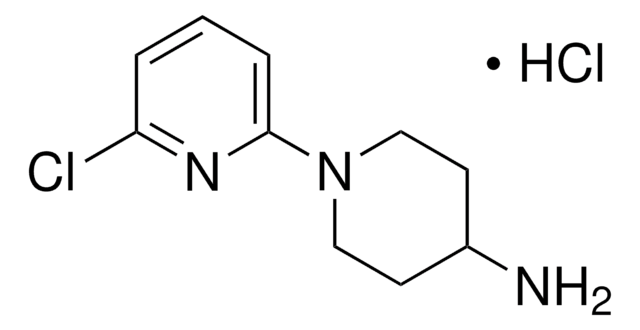S8761
Sodium Bicarbonate
Solution (7.5%), sterile-filtered, suitable for cell culture
Sinónimos:
aqueous sodium bicarbonate
About This Item
Productos recomendados
product name
Sodium bicarbonate solution, solution (7.5%), sterile-filtered, BioReagent, suitable for cell culture
esterilidad
sterile-filtered
Línea del producto
BioReagent
formulario
solution (7.5%)
técnicas
cell culture | mammalian: suitable
impurezas
endotoxin, tested
pH
7.8-8.2
temp. de almacenamiento
2-8°C
cadena SMILES
[Na+].OC([O-])=O
InChI
1S/CH2O3.Na/c2-1(3)4;/h(H2,2,3,4);/q;+1/p-1
Clave InChI
UIIMBOGNXHQVGW-UHFFFAOYSA-M
¿Está buscando productos similares? Visita Guía de comparación de productos
Categorías relacionadas
Descripción general
Aplicación
- as a component of Hanks′ buffered salt solution (HBSS) and recording medium for culturing of tissue explants from rats or mice
- as a component of Dulbecco′s modified Eagle′s medium (DMEM) to culture mice tissue explants
- as a component of Minimum Essential Media (MEM) to study the cytotoxicity against human colorectal adenocarcinoma cells and mammary gland adenocarcinoma
- to prepare collagen mix droplets for 3D collagen sprouting assay
- to prepare collagen matrix for rat epidermal keratinocyte (REK) organotypic culture
Nota de preparación
Producto relacionado
Código de clase de almacenamiento
12 - Non Combustible Liquids
Clase de riesgo para el agua (WGK)
WGK 1
Punto de inflamabilidad (°F)
Not applicable
Punto de inflamabilidad (°C)
Not applicable
Certificados de análisis (COA)
Busque Certificados de análisis (COA) introduciendo el número de lote del producto. Los números de lote se encuentran en la etiqueta del producto después de las palabras «Lot» o «Batch»
¿Ya tiene este producto?
Encuentre la documentación para los productos que ha comprado recientemente en la Biblioteca de documentos.
Los clientes también vieron
Protocolos
3-D Culture Matrix™ Collagen I facilitates cellular growth and differentiation in vitro, offering versatile applications in biomedical research.
Nuestro equipo de científicos tiene experiencia en todas las áreas de investigación: Ciencias de la vida, Ciencia de los materiales, Síntesis química, Cromatografía, Analítica y muchas otras.
Póngase en contacto con el Servicio técnico








